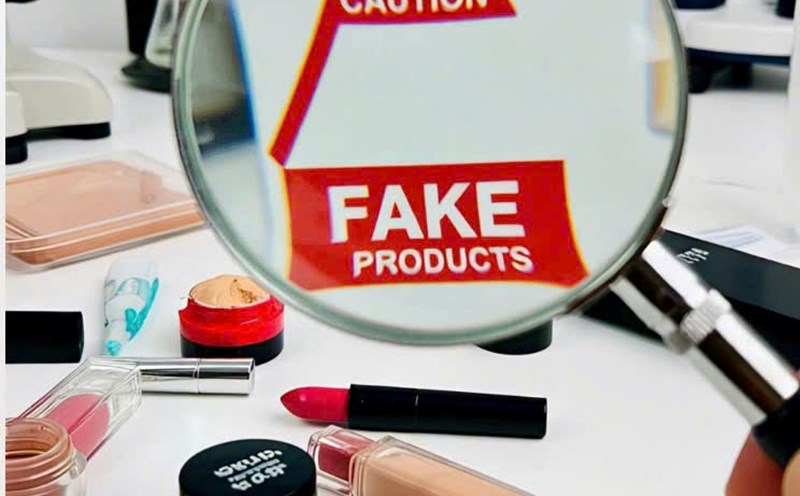On May 8, the Ho Chi Minh City Department of Health sent a document to the People's Committees of districts, towns and Thu Duc City, and cosmetic production, trading and import units in the area to strengthen inspection and rectification of cosmetic advertising activities. This is to ensure safety and rights for consumers, and effectively implement state management in the cosmetic sector.
The Ho Chi Minh City Department of Health requested the People's Committees of districts, towns, and Thu Duc City to direct departments, offices, and functional forces to strengthen coordination and inspection of compliance with regulations on cosmetic management.
Coordinate with the local Steering Committee, the market management team and relevant authorities to strengthen and focus on inspecting cosmetic production and trading activities not at the announced address; illegal production and trading of cosmetics, hand-carried goods, counterfeit goods, unknown origins; information, advertising features and uses that are not suitable or exceed the features and uses as announced...
Strictly handle and punish organizations and individuals who violate the production and trading of cosmetics according to regulations; recall and destroy cosmetics suspected of being counterfeit, of unknown origin, not ensuring quality, and not safe for users.
For organizations and individuals producing, trading, importing, advertising cosmetics, these units proactively review, self-inspect, rectify production and business activities, and comply with legal regulations. cosmetics cannot be produced or processed without a certificate of eligibility for cosmetic production, production or trading of cosmetics with formula that is not in accordance with the documents...
At the same time, it is only allowed to sell cosmetics of origin, advertising cosmetic products on advertising means after being granted a certificate of advertising content by a competent state agency...
It is not allowed to inform, advertise, market, consult, label, or instruct the use of cosmetics that are not consistent with the published features and uses or have features and uses for disease prevention, treatment, diagnosis, treatment, disease mitigation, or the regulation of physiological functions of the human body, causing consumers to misunderstand that those products are drugs.











